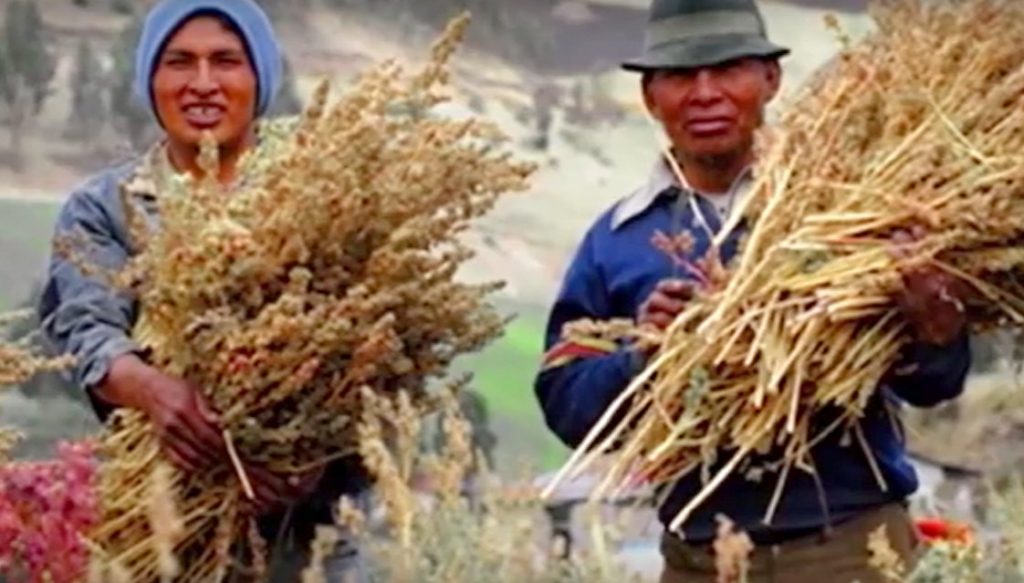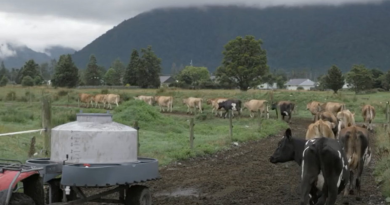The dark side of quinoa no one talks about
(Spirit Science | Alexandria) Quinoa comes from a grain like plant and it is a form of seed originating from the Andean region of South America, with Peru and Bolivia being the largest producers. It was allegedly discovered by NASA back when they were searching for the ideal food for their long therm space missions.
It comes with an amazing list of of high quality nutrients in it. Nutritionists call quinoa “The Complete Protein” because of its high content of protein in it (between 14%-18%) and the fact that it has a perfect combination of 10 essential amino acids crucial for our bodies development and overall health.
It’s a very good addition to your diet due to its low glycemic index meaning it maintains its energy release through a longer period of time and keeps us full longer. Other then protein, quinoa is packed with vitamins and minerals such as iron, magnesium, potassium etc. Especially if you’re a vegan or a vegetarian quinoa is a great addition to your diet.
Why is quinoa so expensive?
Quinoa has become a “hip” super food and people are embracing the “Inca’s Gold” with lightning speed. If you gone to the store, you’ve probably noticed the price of quinoa can be extremely high.
In fact, since 2006, quinoa sales has tripled, and the high demand has lead to the price being tripled too.
The demand for quinoa in the western society became so high, that the farmers who were producing it weren’t able to keep up and thus the price went up. The price went up to $8,000 per tonne.
This didn’t affect the demand for quinoa a bit, in fact it actually led to a even greater demand for quinoa, turning it into a “trend” food for the western society. The UN even made 2013 The International Year of Quinoa. All of these factors skyrocketed quinoa’s popularity over the last decade but it wasn’t without its flaws.
The dark side of quinoa
While it’s popularity and demand are rapidly increasing in the US and Europe, back in South America, more specifically Peru, Columbia and Bolivia, which are the largest producers and where this food has been a domestic dish for over 3000 years, quinoa is now becoming too expensive to be on the table due to the massive price incline because of western demands.
In fact, in Lima, quinoa is now more expensive then chicken. This has lead to more and more people turning to cheaper junk food instead of their super healthy domestic dish.
Even the farmers who grow quinoa are trading it and are turning to cheaper alternatives like rice and noodles. So we can see how the demand for quinoa in the rest of the world can be very damaging for these countries and is turning their diet for a full 360. This food is native to their land and they can’t even enjoy it because of western demands. Typical.
The superfood that used to be their favorite dish and a great part of their everyday diet is now being replaced with imported cheaper, unhealthy food.
The quinoa trade is an example of a damaging north-south exchange, with well-intentioned health and ethics-led consumers here unwillingly driving food poverty there.
In the mean time, efforts are being made to grow quinoa in the US and Canada, with the intention to lower the demands and decrease the price, but the question is will this happen fast enough to shift back Peru and Bolivia’s entire eating habits?
References:
Source: Spirit Science




